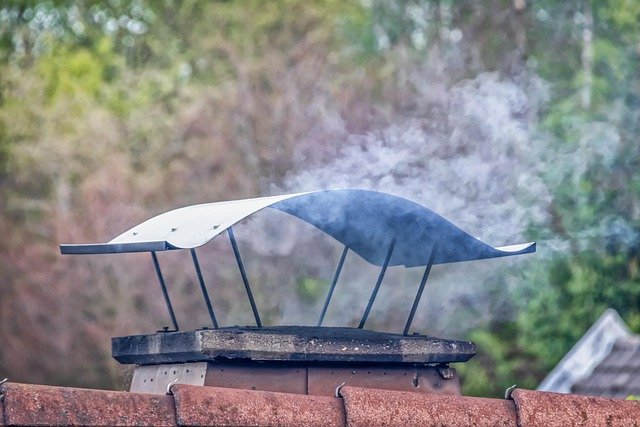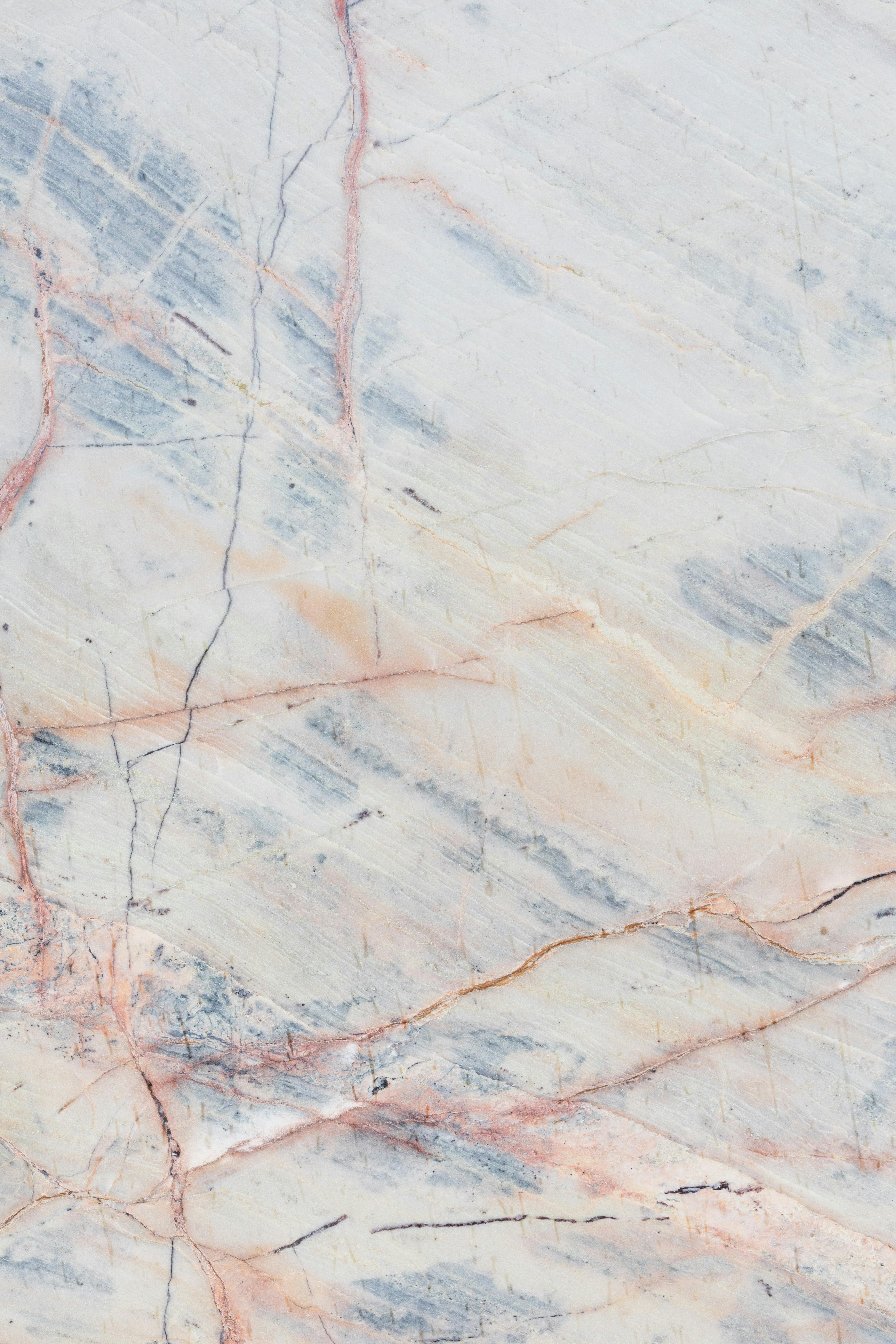Metal Roofs: A Durable Armor and a Smart Choice for Modern Architecture
Metal roofing has emerged as a popular choice for homeowners and builders seeking durability, energy efficiency, and aesthetic appeal. Unlike traditional asphalt shingles, metal roofs offer exceptional longevity and can withstand harsh weather conditions while maintaining their structural integrity. With a variety of materials and styles available, metal roofing systems provide versatile solutions for residential and commercial properties alike. Understanding the fundamentals of metal roofing, from installation to maintenance, helps property owners make informed decisions about this long-term investment in their buildings.

What Should You Know When Learning About Metal Roofing Systems?
Metal roofing represents a significant advancement in building technology, combining traditional durability with modern engineering. These roofing systems consist of metal panels or tiles designed to shed water, resist wind, and provide superior protection compared to conventional materials. Available in aluminum, steel, copper, and zinc, metal roofs come in various profiles including standing seam, corrugated panels, and metal shingles that mimic traditional roofing appearances.
The fundamental appeal of metal roofing lies in its exceptional lifespan, often lasting 40 to 70 years depending on the material chosen. This longevity far exceeds asphalt shingles, which typically require replacement every 12 to 20 years. Metal roofs also offer superior fire resistance, earning Class A fire ratings, and can reflect solar radiant heat, potentially reducing cooling costs by 10 to 25 percent. Understanding these core characteristics helps homeowners evaluate whether metal roofing aligns with their long-term property goals.
How Does Metal Roofing Installation Work?
Installing a metal roof requires specialized knowledge and precision to ensure proper performance and longevity. The process typically begins with a thorough inspection of the existing roof structure to verify it can support the weight of metal panels. While metal roofing is generally lightweight compared to materials like concrete tiles, structural assessment remains essential.
Professional installers first prepare the roof deck, often adding a synthetic underlayment for additional moisture protection. For standing seam systems, installers attach clips to the roof deck, allowing panels to float and expand with temperature changes. This design accommodates thermal movement, preventing warping or buckling. Corrugated and metal shingle installations follow different procedures, with some systems requiring direct fastening through the panels.
Proper flashing installation around chimneys, vents, and roof penetrations is critical to preventing water infiltration. Installers must also ensure adequate ventilation to prevent moisture buildup in the attic space. The installation timeline varies based on roof complexity and size, but most residential projects complete within several days to a week. Hiring experienced contractors familiar with metal roofing systems ensures proper installation and maximizes the roof’s performance potential.
What Are the Key Benefits of Choosing Metal Roofing?
Metal roofs deliver numerous advantages that extend beyond simple weather protection. Their durability stands as the primary benefit, with most metal roofing systems warranted for 30 to 50 years and capable of lasting much longer with proper maintenance. This longevity translates to fewer replacements over a building’s lifetime, reducing long-term costs and environmental waste.
Energy efficiency represents another significant advantage. Metal roofs with reflective coatings can reflect up to 70 percent of solar energy, keeping buildings cooler during summer months. This reflectivity reduces air conditioning demands and can lower energy bills substantially in warm climates. Some metal roofing products qualify for Energy Star ratings and may make homeowners eligible for tax credits or insurance discounts.
Environmental sustainability also favors metal roofing. Most metal roofs contain 25 to 95 percent recycled content and remain fully recyclable at the end of their service life. This contrasts sharply with asphalt shingles, which contribute millions of tons of waste to landfills annually. Metal roofs also perform exceptionally well in extreme weather, resisting wind speeds up to 140 miles per hour and shedding snow and ice efficiently. Their smooth surface prevents debris accumulation and reduces the risk of algae or moss growth common with other roofing materials.
What Maintenance Practices Keep Metal Roofing in Optimal Condition?
While metal roofs require less maintenance than traditional roofing materials, regular inspections and simple upkeep practices extend their lifespan and preserve their appearance. Homeowners should conduct visual inspections at least twice yearly, checking for loose fasteners, damaged panels, or compromised sealants around flashing and penetrations.
Cleaning the roof surface annually removes accumulated dirt, leaves, and organic debris that can trap moisture. A simple rinse with a garden hose typically suffices, though stubborn stains may require a soft brush and mild detergent. Avoid pressure washers, which can damage protective coatings or force water under panels. Trimming overhanging tree branches prevents scratching from rubbing limbs and reduces debris accumulation.
Inspecting and clearing gutters and downspouts ensures proper water drainage and prevents ice dams in cold climates. Check fasteners and clips periodically, tightening any that have loosened due to thermal expansion and contraction. Touch up scratches or chips in painted finishes promptly to prevent rust formation on steel panels. While aluminum and copper naturally resist corrosion, maintaining protective coatings on steel roofing remains important for long-term performance.
Professional inspections every three to five years help identify potential issues before they escalate. Experienced roofing contractors can assess panel integrity, fastener condition, and sealant effectiveness, recommending repairs when necessary. This proactive approach minimizes repair costs and ensures the roof continues performing optimally throughout its lifespan.
Which Metal Roofing Materials Offer Superior Performance?
Selecting the right metal roofing material depends on budget, climate, aesthetic preferences, and performance requirements. Steel roofing, the most common option, comes in galvanized or galvalume finishes with protective paint coatings. Steel offers excellent strength and affordability, making it suitable for most residential and commercial applications. Galvalume steel, coated with aluminum and zinc, provides superior corrosion resistance compared to traditional galvanized steel.
Aluminum roofing excels in coastal environments where salt air accelerates corrosion of other metals. Naturally resistant to rust, aluminum remains lightweight and easy to install. While more expensive than steel, aluminum’s longevity in harsh environments often justifies the additional cost. Aluminum also accepts paint finishes well, offering extensive color options.
Copper roofing represents the premium option, prized for its distinctive appearance and exceptional longevity. Copper roofs can last over 100 years, developing a protective green patina over time. This natural weathering process eliminates the need for painting or coating maintenance. However, copper’s high cost limits its use primarily to high-end residential projects or architectural accents.
Zinc roofing offers similar longevity to copper with a distinctive blue-gray patina. Like copper, zinc self-heals minor scratches through natural oxidation. Zinc’s malleability allows for complex architectural details, though its premium price point restricts widespread adoption. Each material presents unique advantages, and consulting with experienced roofing professionals helps determine the optimal choice for specific project requirements.
Conclusion
Metal roofing systems provide exceptional value through durability, energy efficiency, and minimal maintenance requirements. Understanding installation processes, recognizing key benefits, implementing proper maintenance practices, and selecting appropriate materials enables property owners to maximize their roofing investment. As building technology advances and environmental considerations gain importance, metal roofing continues gaining popularity as a smart, sustainable choice for modern architecture. Whether renovating an existing structure or planning new construction, metal roofing delivers long-term performance that protects buildings while reducing environmental impact.




